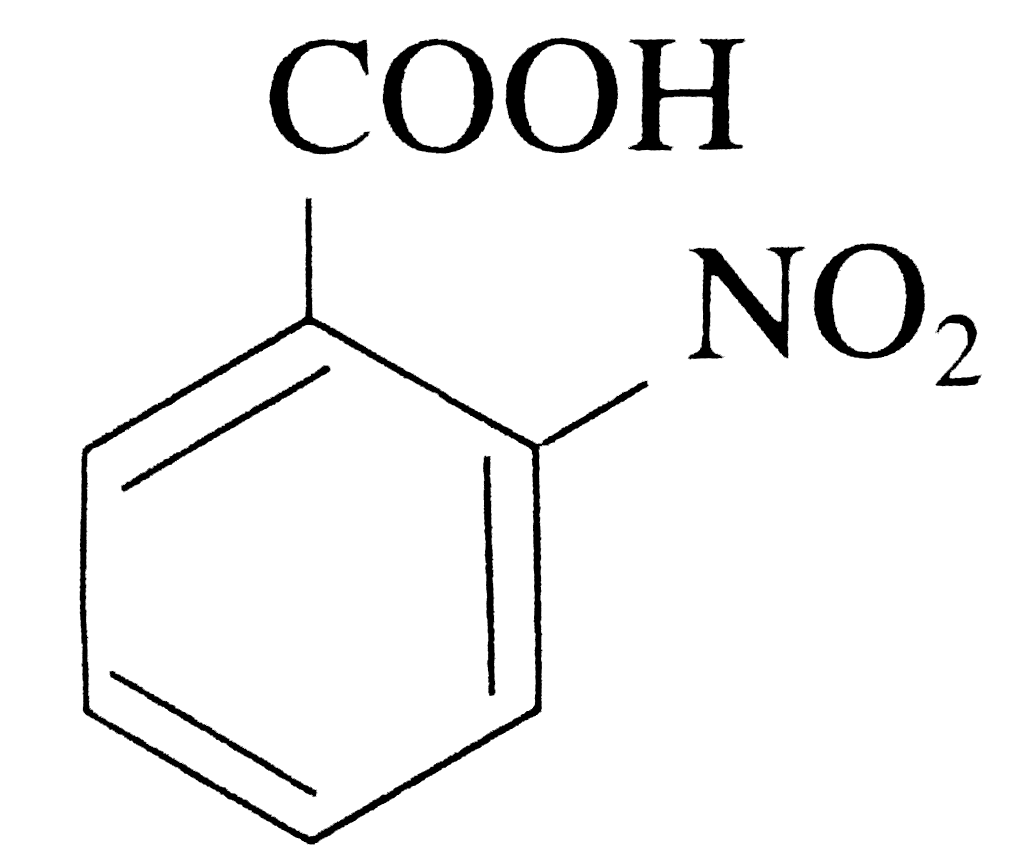The strongest Lewis acid among the following is :
BF3
BBr3
BI3
BCl3
The correct Answer is:C
To determine the strongest Lewis acid among the given options (BF3, BBr3, BI3, BCl3), we need to analyze the electron-accepting ability of each compound. A Lewis acid is defined as a species that can accept an electron pair, which typically requires the presence of vacant orbitals.
1. Understand the Concept of Lewis Acids:
- Lewis acids are electron pair acceptors. They must have vacant orbitals to accept electrons.
2. Identify the Compounds:
- The compounds given are:
- BF3 (Boron Trifluoride)
- BBr3 (Boron Tribromide)
- BI3 (Boron Triiodide)
- BCl3 (Boron Trichloride)
3. Analyze the Electron Configuration of Boron:
- Boron (B) has the electron configuration of 1s² 2s² 2p¹, which means it can form three bonds but has only six electrons in its valence shell. Therefore, it can accept electrons to complete its octet.
4. Evaluate Each Compound:
- BF3:
- Boron is bonded to three fluorine atoms. Fluorine is highly electronegative and can engage in back-donation of electrons, which can stabilize the molecule. However, this back-donation reduces the Lewis acidity of BF3.
- BCl3:
- Chlorine is less electronegative than fluorine, leading to less effective back-donation compared to BF3. Thus, BCl3 is a stronger Lewis acid than BF3.
- BBr3:
- Bromine is even less electronegative than chlorine, resulting in even less back-donation. Therefore, BBr3 is a stronger Lewis acid than BCl3.
- BI3:
- Iodine is the least electronegative of the halogens listed. The back-donation effect is minimal, making BI3 the strongest Lewis acid among the four.
5. Conclusion:
- Among BF3, BCl3, BBr3, and BI3, the strongest Lewis acid is BI3 due to the minimal back-donation effect from iodine, allowing boron to maintain its vacant orbitals and accept electrons effectively.
Final Answer:
The strongest Lewis acid among the following is BI3 (Boron Triiodide).
- Lewis acids are electron pair acceptors. They must have vacant orbitals to accept electrons.
- The compounds given are:
- BF3 (Boron Trifluoride)
- BBr3 (Boron Tribromide)
- BI3 (Boron Triiodide)
- BCl3 (Boron Trichloride)
- Boron (B) has the electron configuration of 1s² 2s² 2p¹, which means it can form three bonds but has only six electrons in its valence shell. Therefore, it can accept electrons to complete its octet.
- BF3:
- Boron is bonded to three fluorine atoms. Fluorine is highly electronegative and can engage in back-donation of electrons, which can stabilize the molecule. However, this back-donation reduces the Lewis acidity of BF3.
- BCl3:
- Chlorine is less electronegative than fluorine, leading to less effective back-donation compared to BF3. Thus, BCl3 is a stronger Lewis acid than BF3.
- BBr3:
- Bromine is even less electronegative than chlorine, resulting in even less back-donation. Therefore, BBr3 is a stronger Lewis acid than BCl3.
- BI3:
- Iodine is the least electronegative of the halogens listed. The back-donation effect is minimal, making BI3 the strongest Lewis acid among the four.
- Among BF3, BCl3, BBr3, and BI3, the strongest Lewis acid is BI3 due to the minimal back-donation effect from iodine, allowing boron to maintain its vacant orbitals and accept electrons effectively.
The strongest Lewis acid among the following is BI3 (Boron Triiodide).
Topper's Solved these Questions
- MOCK TEST-2BOOK - MODERN PUBLICATIONCHAPTER - MOCK TEST-2EXERCISE - SECTION A (Assertion Reason Questions)
5 Videos
- MOCK TEST-2BOOK - MODERN PUBLICATIONCHAPTER - MOCK TEST-2EXERCISE - SECTION A (one word/short sentence questions)
4 Videos
- MOCK TEST-2BOOK - MODERN PUBLICATIONCHAPTER - MOCK TEST-2EXERCISE - SECTION D
1 Videos
- MOCK TEST -1BOOK - MODERN PUBLICATIONCHAPTER - MOCK TEST -1EXERCISE - SECTION -D
2 Videos
- ORGANIC CHEMISTRY: BASIC PRINCIPLES AND TECHNIQUESBOOK - MODERN PUBLICATIONCHAPTER - ORGANIC CHEMISTRY: BASIC PRINCIPLES AND TECHNIQUESEXERCISE - (Competition File) MULTIPLE CHOICE QUESTIONS ( based on the given. passage/comprehension )
8 Videos
Similar Questions
Knowledge Check
Strongest acid among the following is
Aconc.H2SO4Bconc.H3PO3Cconc.HClDsolid oxalic acidStrongest acid among the following is
ACH3COOHBFCH2COOHCF2CHCOOHDF3C−COOHThe strongest acid among the following is
A B
B C
C D
D
